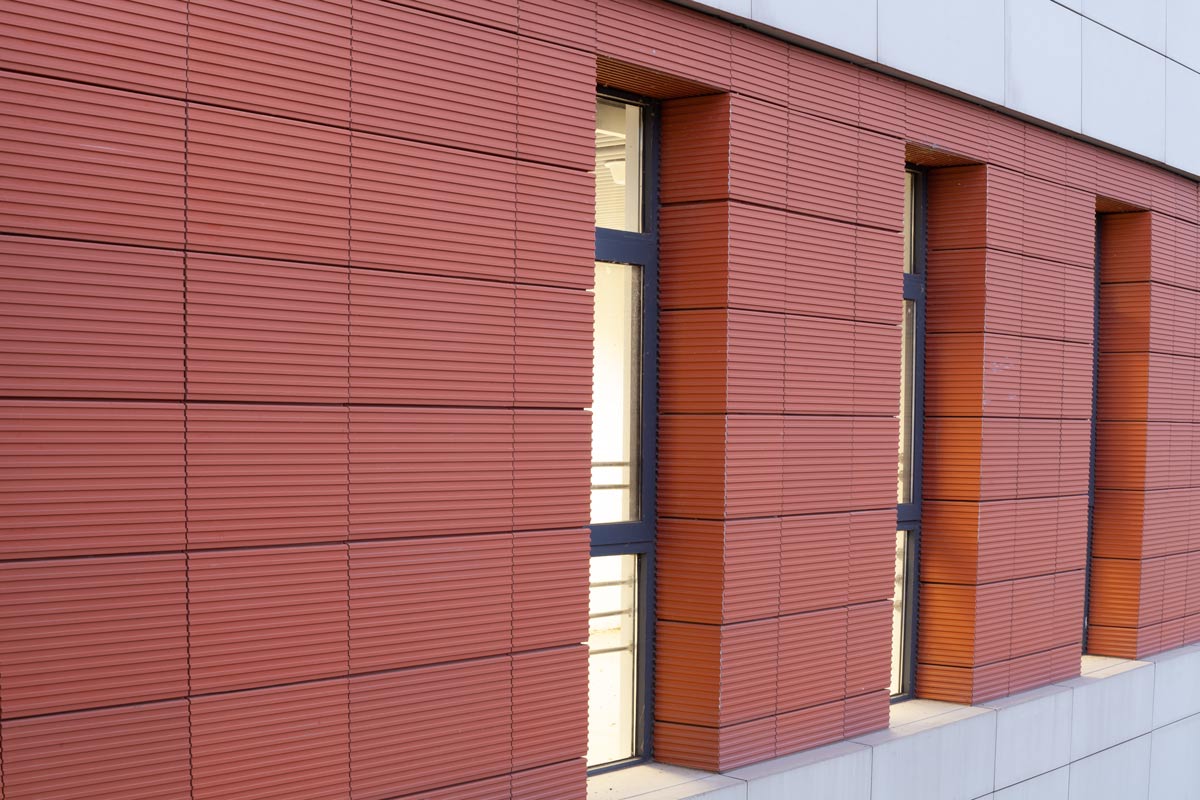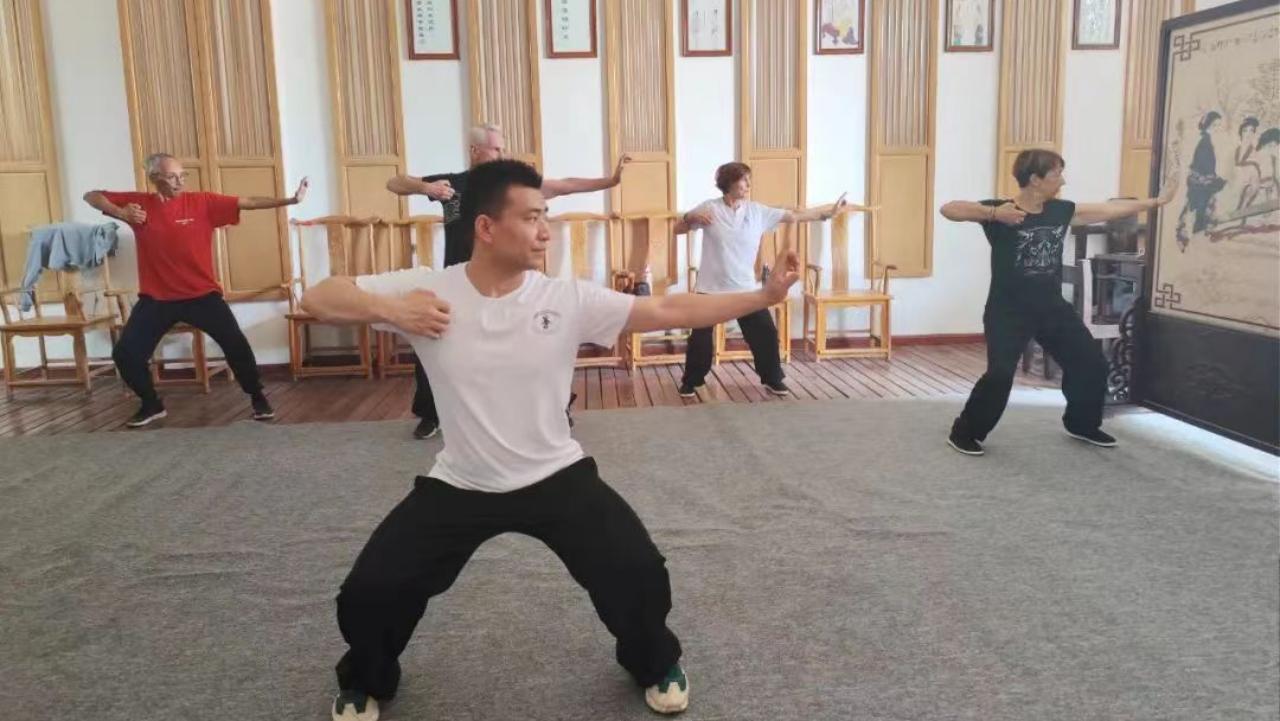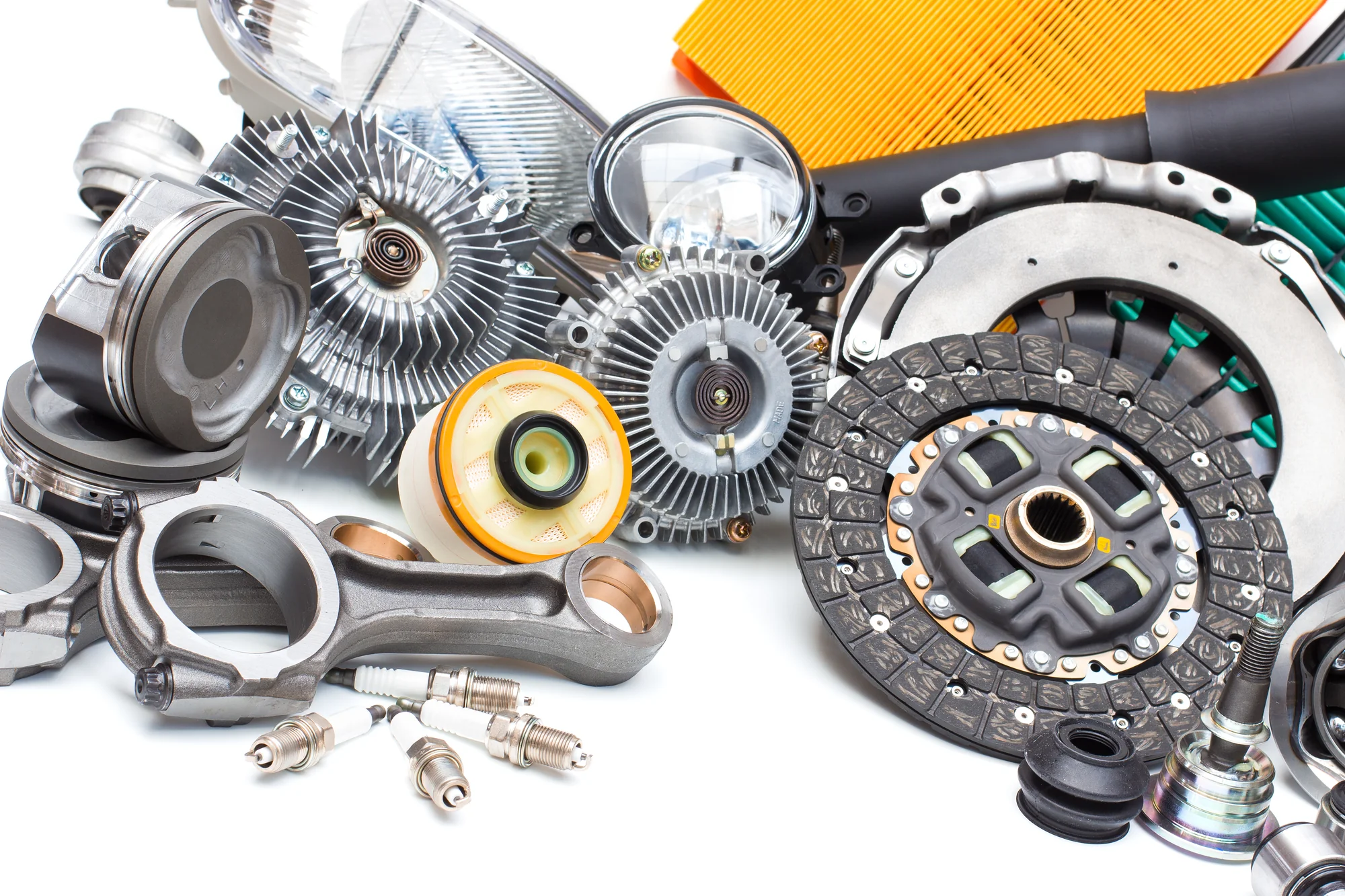When it comes to innovative, sustainable, and aesthetically versatile building materials, LOPO Terracotta has firmly established itself as a favorite among architects worldwide. The demand for environmentally friendly, durable, and visually appealing materials continues to grow, and LOPO Terracotta meets these criteria with remarkable ease. This article explores nine essential facts about LOPO Terracotta that highlight why architects consistently choose it for modern construction projects.
1. Natural Durability and Longevity
LOPO Terracotta is renowned for its exceptional durability. Made from natural clay that is fired at high temperatures, this material boasts a robust resistance to weathering, corrosion, and physical wear. Architects appreciate that buildings incorporating LOPO Terracotta retain their structural integrity and appearance for decades, reducing the need for frequent repairs or replacements. Its longevity makes it an economical choice in the long run.
2. Exceptional Aesthetic Flexibility
One of the most attractive features of LOPO Terracotta is its wide range of design possibilities. Available in various shapes, sizes, colors, and finishes, it offers architects the freedom to create unique facades and interiors that align with contemporary or traditional styles. Whether used for cladding, decorative elements, or functional partitions, LOPO Terracotta can be tailored to meet specific architectural visions without compromising on quality.
3. Environmentally Sustainable Material
Sustainability is a crucial consideration in modern architecture, and LOPO Terracotta excels in this regard. It is produced using natural raw materials and energy-efficient manufacturing processes that minimize environmental impact. Moreover, LOPO Terracotta is fully recyclable and can be repurposed at the end of its life cycle, making it an eco-friendly option that helps architects meet green building standards and certifications.
4. Excellent Thermal Performance
LOPO Terracotta offers outstanding thermal insulation properties, contributing to improved energy efficiency in buildings. Its natural composition helps regulate indoor temperatures by absorbing and releasing heat slowly, reducing the reliance on artificial heating and cooling systems. Architects favor LOPO Terracotta for projects where energy conservation is a priority, as it supports sustainable living and reduces operational costs.
5. Fire Resistance and Safety
Safety is a fundamental aspect of architectural design, and LOPO Terracotta’s fire-resistant qualities add significant value. Unlike many synthetic materials, LOPO Terracotta does not combust or emit toxic fumes when exposed to fire. This makes it a preferred choice for building facades, cladding, and other structural components where fire safety regulations are strict. The material’s ability to withstand high temperatures enhances overall building safety.
6. Low Maintenance Requirements
Buildings constructed with LOPO Terracotta benefit from low maintenance needs. The material naturally resists dirt accumulation, mold, and algae growth, making it easier to keep clean and aesthetically pleasing over time. Architects appreciate that maintenance costs remain low, reducing the long-term operational expenses associated with building upkeep. This reliability adds to the material’s popularity in commercial and residential projects alike.
7. Sound Insulation Properties
In urban environments, noise pollution is a common challenge. LOPO Terracotta provides effective sound insulation, helping to create quieter and more comfortable indoor spaces. Its dense structure absorbs and blocks external noise, which benefits residential complexes, offices, and public buildings. Architects often specify LOPO Terracotta in projects where acoustic performance is essential.
8. Compatibility with Modern Construction Techniques
LOPO Terracotta is designed to integrate seamlessly with contemporary building methods, including prefabrication and modular construction. Its lightweight nature compared to traditional bricks allows for easier handling and faster installation without compromising strength. Architects value this compatibility because it streamlines the construction process and supports innovative design solutions that meet tight deadlines and budgets.
9. Proven Track Record in Iconic Projects
LOPO Terracotta’s reputation is bolstered by its use in numerous high-profile architectural projects globally. Its performance in diverse climates and settings has been tested and validated, making it a reliable material choice. Architects trust LOPO Terracotta not only for its technical properties but also because of the rich aesthetic legacy it offers, linking modern design with timeless craftsmanship.
Frequently Asked Questions About LOPO Terracotta
1. What makes LOPO Terracotta environmentally friendly?
LOPO Terracotta is made from natural clay and manufactured using energy-efficient processes. It is recyclable and contributes to reducing carbon footprints in construction projects.
2. How does LOPO Terracotta improve building energy efficiency?
Its excellent thermal insulation properties help regulate indoor temperatures, reducing the need for artificial heating and cooling, which saves energy and lowers costs.
3. Is LOPO Terracotta suitable for all climate types?
Yes, LOPO Terracotta performs well in a variety of climates due to its durability, weather resistance, and thermal regulation capabilities, making it a versatile option worldwide.
Conclusion
LOPO Terracotta stands out as an ideal building material that combines sustainability, durability, and aesthetic appeal. Architects value its versatility, low maintenance, and contribution to energy efficiency, making it a strategic choice for modern construction projects. By integrating LOPO Terracotta, architects can create structures that are not only beautiful but also environmentally responsible and long-lasting. For those seeking a material that aligns with future-focused architectural goals, LOPO Terracotta is undeniably a top contender.
From expert tips to trending updates, it’s all available on our main page.












Leave a Reply